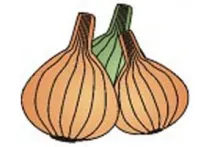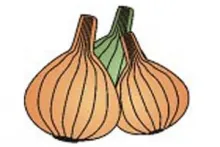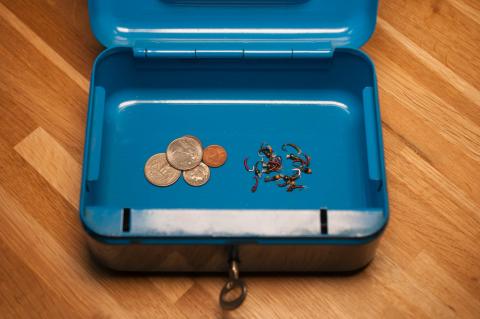Not fly-fishing, but it's fish. It’s been a while since I last published a food recipe. This simple but delicious dish should make up for that
The first time I had this dish, it wasn’t made with cod, but with turbot. Turbot is an incredibly delicious fish, but it can be difficult to find and is quite expensive. I also find that the dish is rather rich, and the delicate white turbot meat gets a bit too much competition from the salty ham.
I think the dish works just as well with cod — not the cheapest fish, but certainly more affordable than turbot.
Lately, I’ve also started using either saithe or pollock, which can cost down to half as much as cod and, in my opinion, is just as good.
Serve with
Potatoes – boiled or how you like them
Pan-sautéed vegetables
Tartar sauce
Lemon
Ingredients
| Quantity | Ingredient | Notes |
|---|---|---|
| 2–4 pieces per serving | Cod (or pollock) | See notes above |
| 1 slice per piece | Thinly sliced cured ham | German style Bauernschinken is a good choice |
| A couple of tablespoons | Butter | Can be combined with a little oil |
| Potatoes | Boiled, fried, whatever you prefer | |
| Vegetables | I often use cabbage, spring onions or leeks, leaf celery, peas, corn or whatever the fridge holds |
Cooking
The idea is to cut the cod into neat "blocks" — roughly the same width as the ham slices and about 1–2 cm thick — then wrap them in cured ham and fry them in butter.
The combination of the delicate, juicy cod and the salty ham is simply perfect — a great way to prepare lean fish. I don’t think this would work well with salmon or trout, but it pairs beautifully with "white" fish such as pollock, cod, or other similar varieties.
I use cod fillets from the fishmonger or supermarket, and cut them into suitable blocks. The thinner, triangular off-cuts I combine with other irregular pieces, such as belly meat.
For the ham, I use slices of cured ham — often German Bauernschinken, which is available in many supermarkets here. It’s a salted, lightly smoked and air-dried ham, sold in thin slices, usually fairly long — about 10 x 20–25 cm — and perfect for this dish. You can of course use Italian prosciutto or Spanish serrano, but frankly that’s a bit excessive, and a shame for such fine (and often expensive) ham. The German ham works very well and is affordable. If you are unable to find something useful, bacon is a possible alternative, but find a dry and fairly lean type if possible. Soggy and fatty bacon will not do anything good for this dish.
To prepare, simply take each fish block and wrap it tightly in a slice of ham. You generally don’t need to secure it with toothpicks or similar — just roll it snugly so the ham wraps around the fish a couple of times.
The fish should be fried quickly over fairly high heat in butter — no more than 2–4 minutes per side, depending on thickness. Wait to fry the fish until the very last minute, right before serving. Start by frying the "presentation side" first — the side where the ham ends are not gathered — then flip it to finish on the seam side. This way, the fish will look its best, with a whole, unbroken ham surface facing up. Turn the fish only once — the more you handle it, the greater the risk it will fall apart, as the fish quickly becomes tender and flaky.
Serve the fish with boiled potatoes, fries or what you fancy, and some vegetables — for example, pan-sautéed leeks and cabbage with a little salt and honey, or thick slices of zucchini pan-fried for 4–5 minutes on each side in butter and finished with a squeeze of lemon. Naturally, you’ll want a bit of lemon for the fish too, and some tartar sauce or good remoulade is always welcome.
The fish can also be served as a starter, with a slice of bread and a dip — such as tartar sauce or remoulade. Alternatively, you can make a whipped cream sauce with a little mustard, chives, and grated lemon zest — a delicious cold sauce that works beautifully with almost any fish.
The timing works out well if you start boiling the potatoes, then cut and roll the fish while they cook. Fry the fish in the last few minutes before the potatoes are ready. If you also have the vegetables prepped, you can start the hard ones before the fish, and sauté the rest while the fish is frying — and everything should be ready to serve at the same time.
- Log in to post comments















